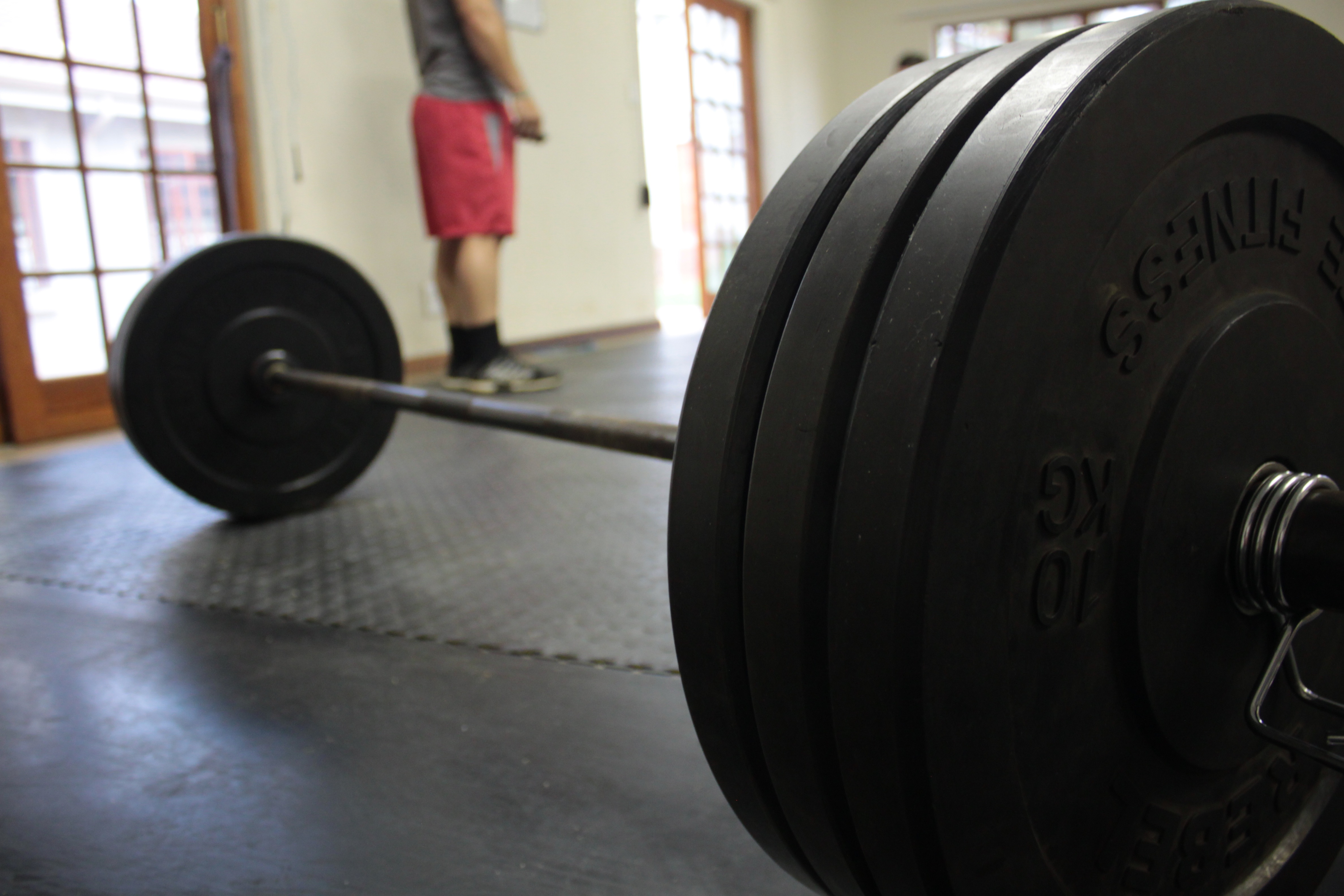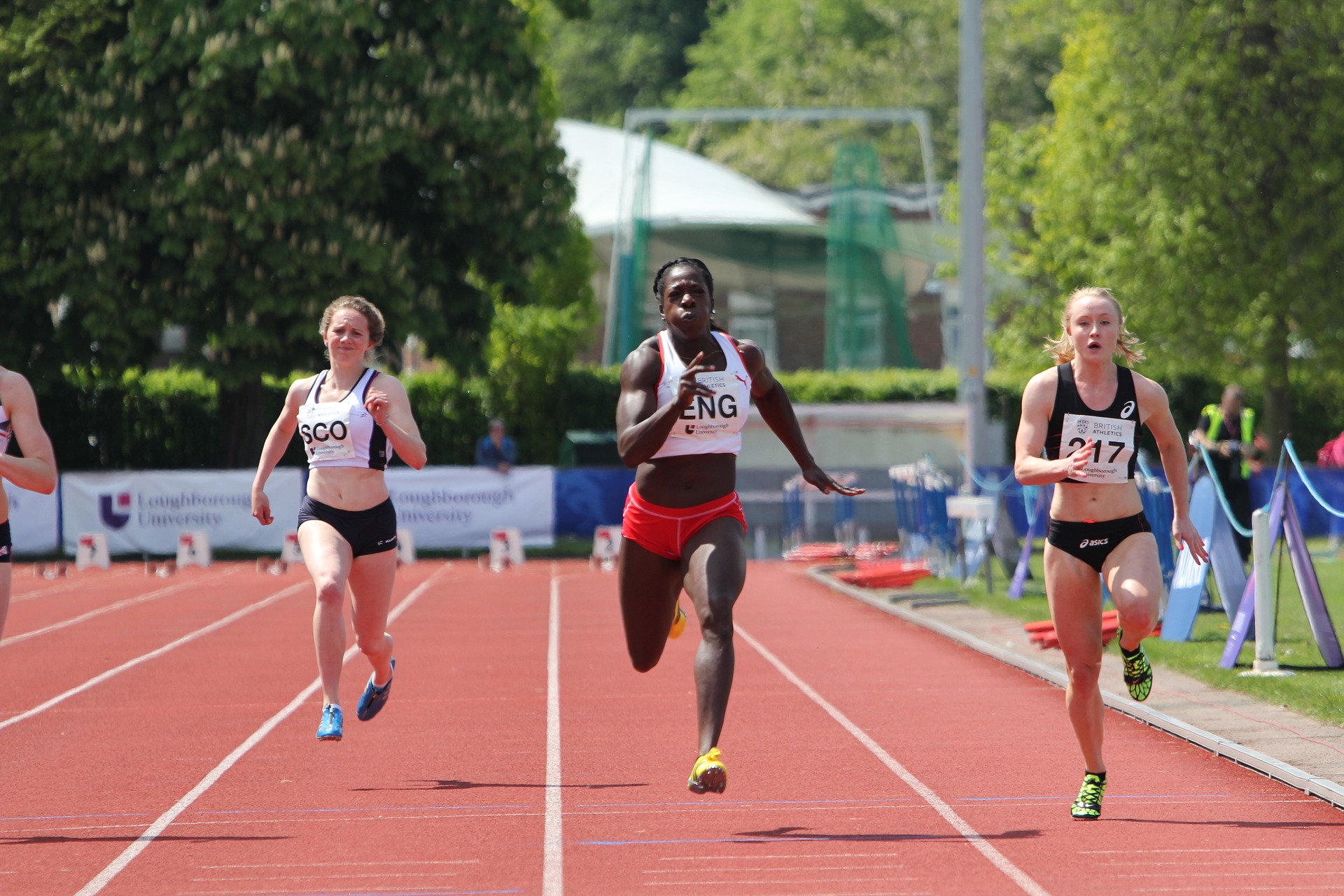Mendiguchia et al, in the latest issue of the International Journal of Sports Medicine, conducted a study examining sprinting performance at the point that rehabbing players were allowed to return to sport after suffering a hamstring injury.
The authors studied semi-professional soccer players from Spanish teams. Of the 28 players, 14 had suffered a hamstring injury and 14 had not. The players conducted two 50-meter maximal sprints on grass. The injured players were tested at two time periods; once after the rehabilitation phase and once approximately 10 weeks post-return. The uninjured players were only evaluated once.
Results:
• Compared to the uninjured players, the injured players had different sprinting performance at the point that they had completed their rehabilitation. When comparing the time splits for the 50-meter sprint; the injured players were 7% slower at the 5 meter mark, almost 5% slower at the 10 meter mark, and almost 3% slower at the 40 meter mark than the uninjured players. In addition, the injured players’ top speed was a little over 2% slower than the uninjured players and their horizontal power output was almost 13% lower than the uninjured players.
• These differences narrows considerable after almost ten weeks. There was no difference between the two groups at the 5 meter mark and 10 meter mark, though the injured group was a little over 1.5% slower at the 40 meter mark. The injured group still was a little over 2% slower in terms of top speed than the uninjured group. The injured group’s power output was a little over .5% lower than the uninjured group after ten weeks.
Before covering the implications, it needs to be kept in mind that this is a small, uniform sample and there could be a number of factors that influence the results. For example, the nature of pre-injury training, the nature of the rehab, and the nature of the post-injury training. All of these things could have a positive or a negative influence on the results that the study shows and these are things that we don’t know anything about. For example, a lack of strength training that focused on eccentric hamstring strength could impact the risks of injury and this could carryover to rehab and post-rehab training.
Reinjury of the hamstrings is a problem in many sports. In fact, in this study on 11 of the 14 injured players could be evaluated ten weeks after their return to sport because three of the players suffered a reinjury. This study shows that even after a rest and rehab program, the athlete still isn’t right when they are allowed to return to sport. They are producing less force and less power when they are sprinting, which leads to slower sprints, could theoretically change their sprinting mechanics, and may set them up for reinjury. It certainly has a negative impact on their performance. This is something that coaches need to be aware of, even though the athlete may be cleared to play there still needs to be a progressive period that focuses on strengthening the hamstrings and emphasizing sprinting mechanics.
Mendiguchia, J., Samozino, P., Martinez-Ruiz, E., Brughelli, M., Schmikil, S., Morin, J-B., and Mendez-Villanueva, A. (2014). Progression of mechanical properties during on-field sprint running after returning to sports from a hamstring muscle injury in soccer players. International Journal of Sports Medicine, 35, 690-695.



1 thought on “Returning to Play After Hamstring Injuries”
I think the notion of a high re-injury rate is probably because this issues that lead to the initial injury were never addressed. A lot of people say eccentric is the answer. I say that postural restoriation is the answer because I believe the main cause of hamstring strains is poor control of pelvic posistioning.
Comments are closed.